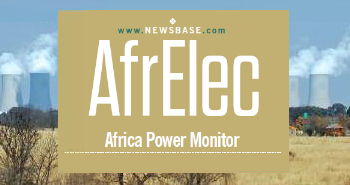South Africa publishes draft law to establish national petroleum company
South Africa’s government has published a bill that will provide for the establishment of a national oil company.
The minister of mineral resources and energy, Gwede Mantashe, published the South African National Petroleum Company (SANPC) Bill for public comment in a government gazette at the start of the week.
“The SANPC will be the state’s energy champion and facilitator of energy infrastructure across the energy value chain,” said his ministry in a release on November 15.
“Its functions will include but not limited to managing the state’s exploration and production rights, interest acquired and exercised in terms of the Upstream Petroleum Resources Development Act; ensure that petroleum resources are developed in a sustainable manner to the best interest of the people of South Africa.”
This new entity will consolidate energy operations and assets and ensure government control as well as potential acquisition of stakes in private oil and gas exploration firms, ESI Africa reported on November 15.
Interested parties have 30 days from the date of publication of the draft within which to comment on the proposed law.
The SANPC will effectively merge three state-owned companies – South African Gas Development Company, the Strategic Fuel Fund and the Petroleum Oil and Gas Corporation of South Africa – that operate under Mantashe’s ministry. The minister of mines and energy will be the sole shareholder of the company.
While the proposed entity will focus primarily on oil and gas exploration and production, as well as midstream and downstream operations and infrastructure, Engineering News wrote on November 15, the proposed law outlines a broad mandate empowering the proposed entity to acquire, generate, manufacture, market or distribute “any form of energy”, including renewable energy.
“Such a mandate may imply a possible overlap with Eskom, South Africa’s vertically integrated electricity utility, which is itself undergoing far-reaching restructuring to separate its generation, transmission and distribution entities,” the publication observed.



Follow us online